Getting Your Calving Season Right | Spring, Summer, Winter, or Fall?
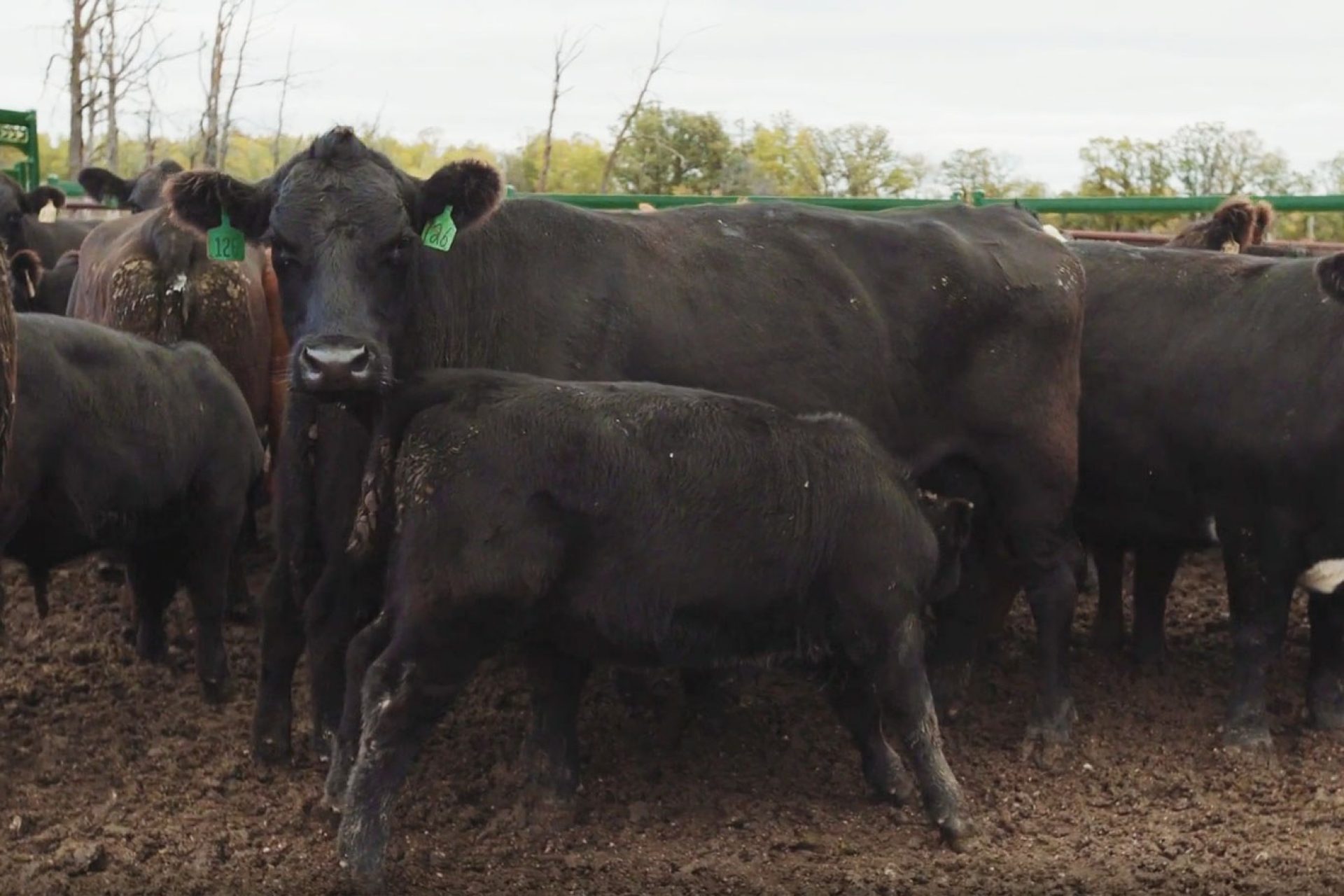
Does your calving season make sense for your business? Having a defined calving season impacts the economic success of your operation. Ideally, calves should all be born within a 45-day to 90-day timeframe to allow for management efficiencies and optimum performance of the cattle.
There is no right or wrong answer to the time of year your calves are born. Usually, it is a matter of trial and error to find what works best on your ranch. However, evaluating your calving season to determine if it is the best choice for your operation can help you decide to stick with the status quo, or make a change.
Many variables affect the choice of calving season on a ranch. These include climate and weather, size of your operation, facilities, available help, and personal preference. However, one variable is well known. Marketing a group of calves that are uniform in size always leads to stronger prices.
Spring is one default calving season for many ranch operations, while in other areas ranchers prefer winter calving. Spring calving can cause an influx of cattle into the market and drive prices down.
Calving season decisions should consider nutritional requirements of cattle and labor needed. Body condition score of the cow at calving will greatly impact her fertility when breeding her back for the next calving season. Ideally, cattle should have a body condition score of seven when they calve, and then nutritional intake after calving should match the demands of lactation and fertility.
By understanding your ranch and the beef cattle market you can make a decision that is economically and biologically sound. Spring, summer, fall, and winter all have positive and negative aspects as a calving season.
Spring Calving
A spring calving season is popular because it allows the operation to maximize weaning weight of calves using grass available at the end of the summer. Peak nutritional needs for the cow occur a few months after she calves, and spring calving matches the cows' needs with the quality of early season grass pasture.
Downsides to a spring calving season include lower prices, because there is an influx of cattle into the fall market when many producers choose a spring calving season. Feed costs are also higher in the spring before pasture is ready.
Summer Calving
Most cattle ranches prefer either spring or fall calves. Summer calving can be beneficial in some situations. Grass-fed beef operations must calve in late spring or early summer in order to meet the nutritional demands of the cattle and maintain a grass-fed operation.
Ranches with cropland can use their corn residue pasture for additional feed after harvest for June calves. This helps control costs and improves soil health. Unfortunately, heat stress is a factor to consider for ranches in warmer climates, and it will also affect the fertility rates of the cows.
Fall Calving
An evaluation from the University of Tennessee Extension found that fall calving is more profitable than spring calving. Fall and winter calving works for some ranches that also have crops. Despite having more work through the holidays, it helps balance the workload.
Nutritional content of grass deteriorates as soon as the growing season is over. Therefore, cows grazing in the winter months will not receive the same nutritional benefits. Additional feed costs are recovered through the higher price received for calves, and increased profit for the ranch.
Winter Calving
Calves are born in the winter, usually January through March, on ranches that have infrastructure in place, and find that fewer labor demands in other parts of the operation allow them to focus on calving. The disadvantages of winter calving are the increased inputs needed to keep cows and calves healthy, including barns, feed, and labor.
Generally, winter calves bring a higher price at sales, and ranchers find it's easier to breed the cows back before they are out on pasture. Although caring for newborn calves in the winter can be challenging, there are also fewer cattle to care for on the ranch before calving begins.
A comparison of prices over multiple years found that calving in March was more profitable versus calves born in May when comparing inputs, replacement cattle, and average sale price for weaned calves. Occasionally, the May calves brought higher prices at sale, but analyzing multiple years' worth of data, calving in March was more profitable overall.
In Any Season
Once you have identified the season for calving, choose the last date for the breeding season, and stick to it. That will help better define your calving season, and lead to more uniform calves. It is a date you will use for years to come. Larger ranches can consider having two defined calving seasons. Picking two calving seasons allows you to maximize the benefits of multiple seasons for your operation, and reduce your cull rate.
No matter when your calving season is, having a good cattle chute or maternity pen ready for anything is paramount for your operation. Expect the unexpected situations, and have a handling area and maternity pen that is useable during any season. Design elements to consider in your calving setup include:
- Proximity to the house or central locations of the ranch,
- Adequate shelter,
- Lighting and electricity,
- Access to water, and
- A cattle handling system with a palpation gate and area for veterinarian or other handler to work.
Calving pens should provide maximum control in high-pressure situations. A circular pen is ideal to work with the natural behavior of cattle. Cattle and handler safety should be the top priority in all aspects of the maternity pen.
Calving season on your ranch will depend on your preferences, location, and markets. There are benefits and disadvantages to spring, summer, fall, and winter calving seasons. Find the one that works best for you. Applying management strategies to your calving season can maximize ranch profitability and efficiency.
Calf Health from Birth to Weaning
Looking for a cattle chute that simplifies calving?
References
Beef Management Calendar
Beef Production Calendar
Fall Versus Spring Calving: Considerations and Profitability Comparison
How to Choose the Perfect Calving Date
Small Farm Series: Choosing a Calving Season
Starting and Managing a Defined Calving Season
Three Key Factors to Balance when Choosing a Calving Season Based on Profitability
When is the Best Calving Season for you? Consider these Factors.
When Should I Calve My Cows?



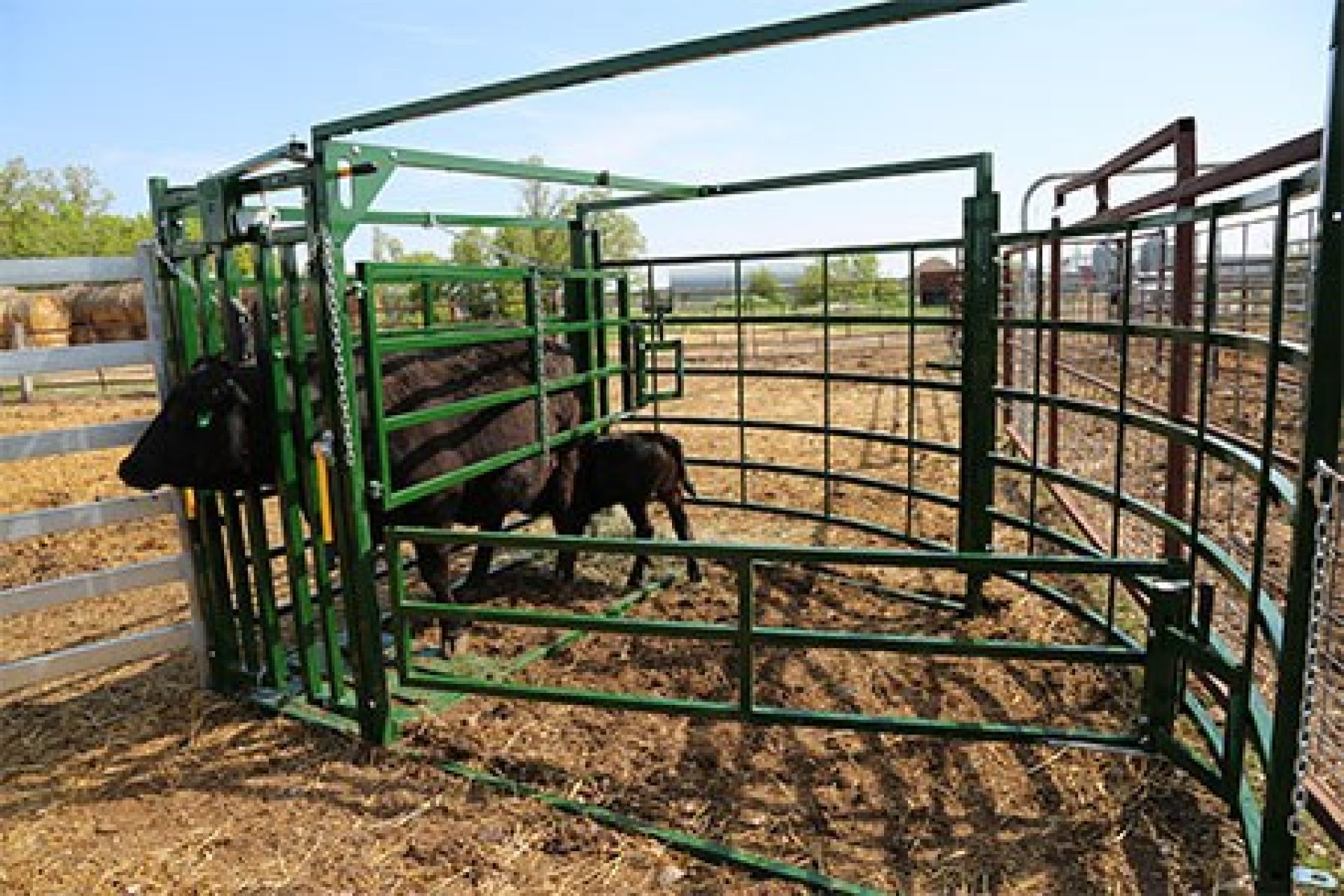
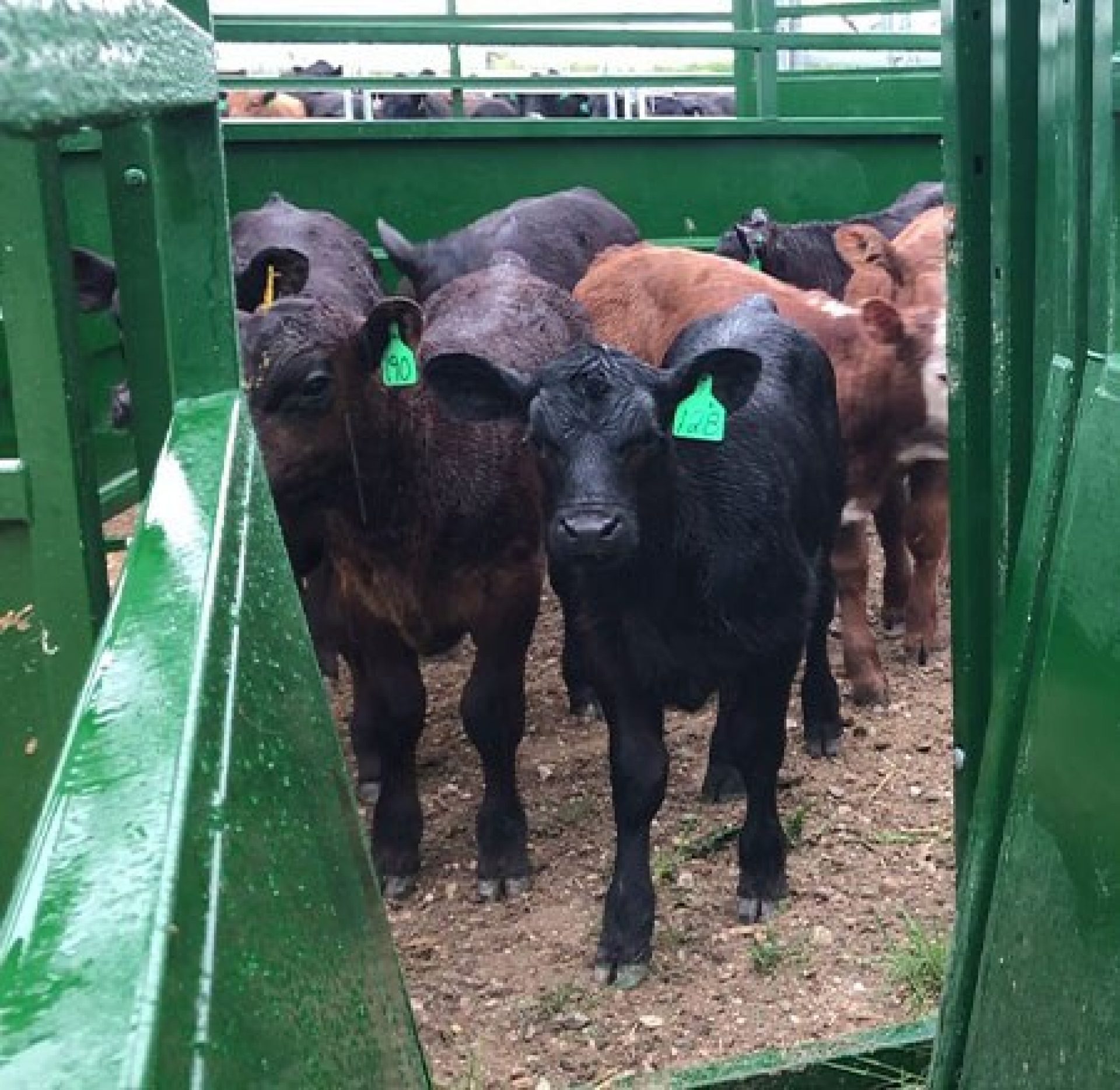
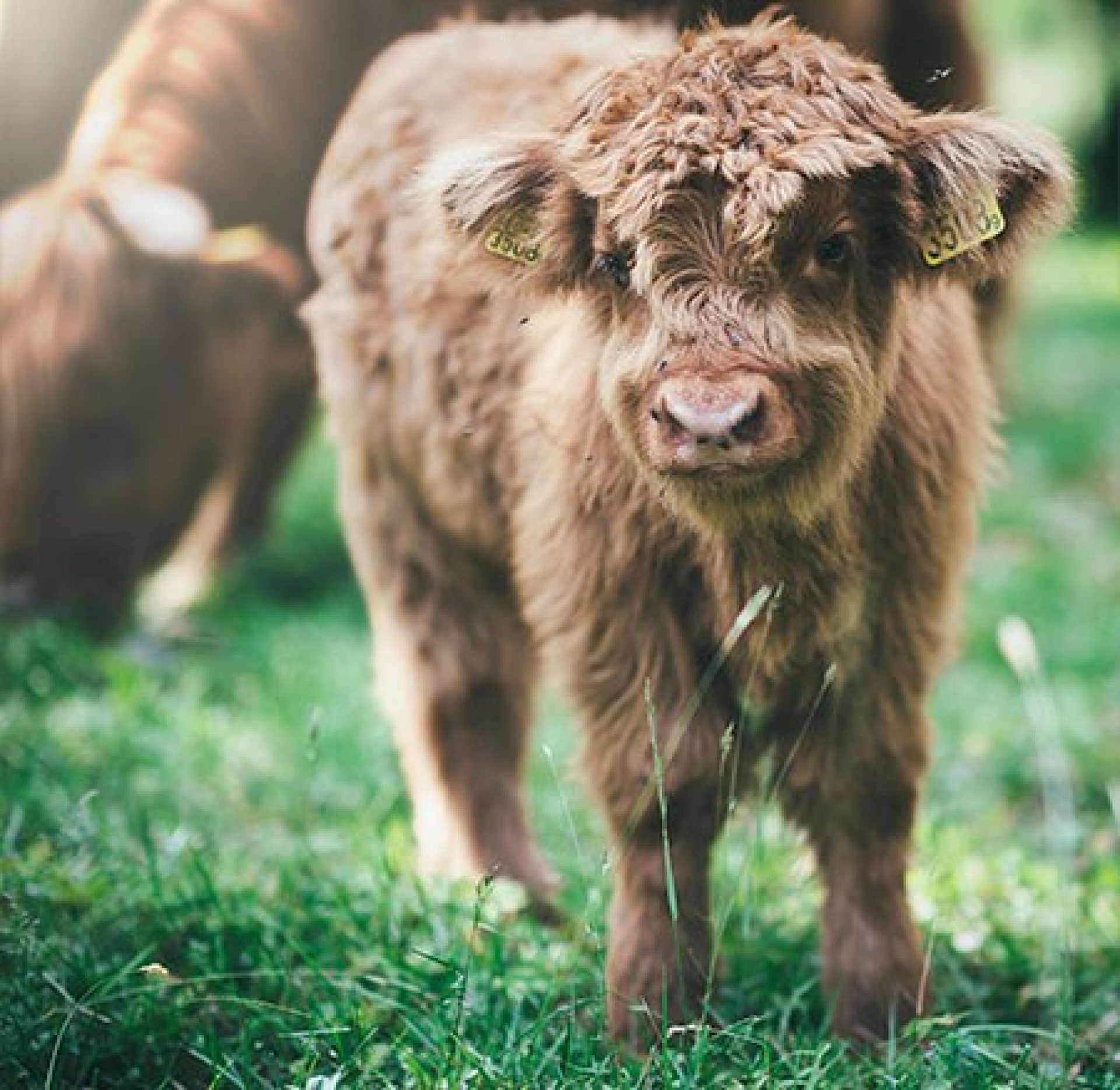
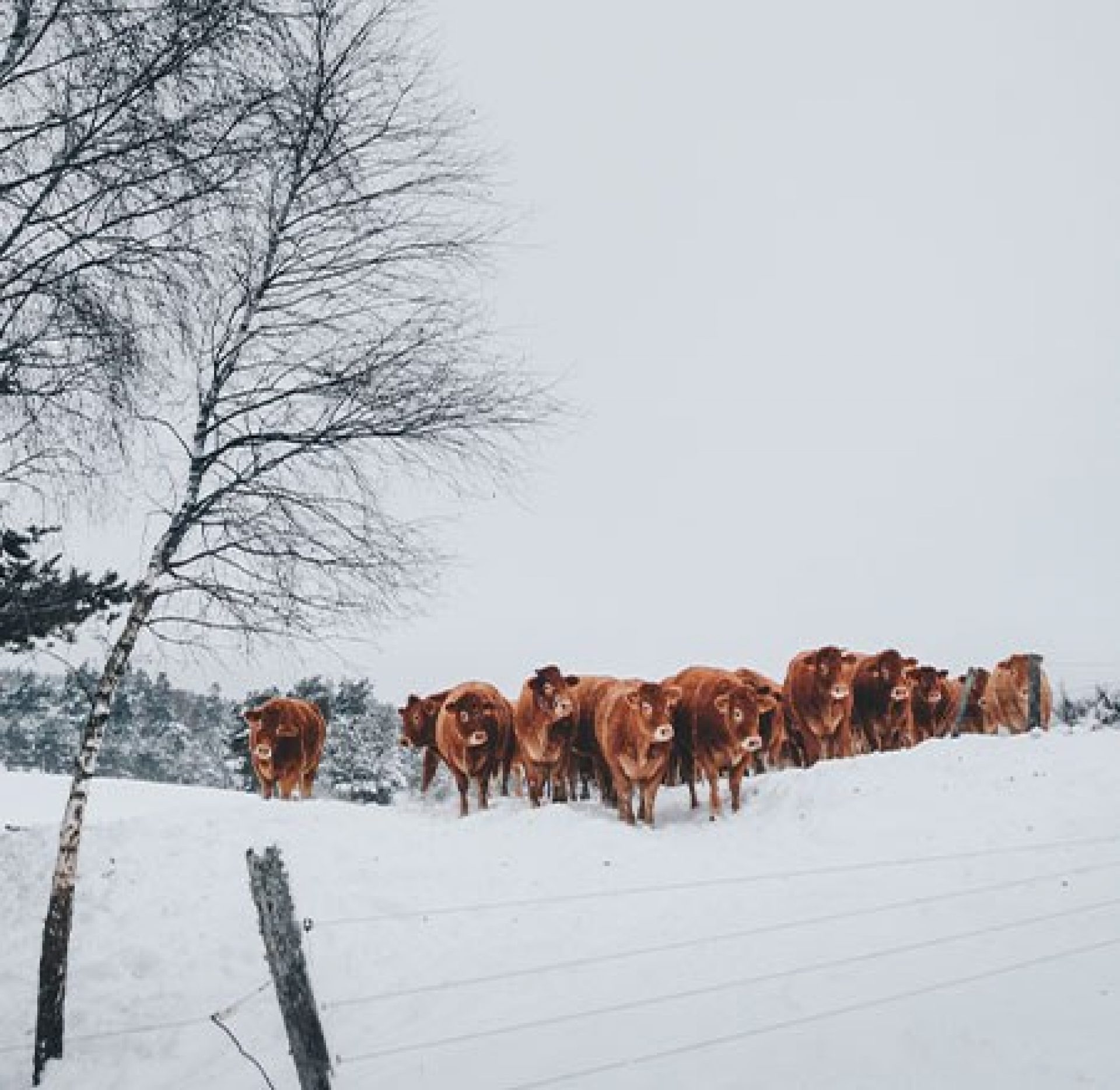
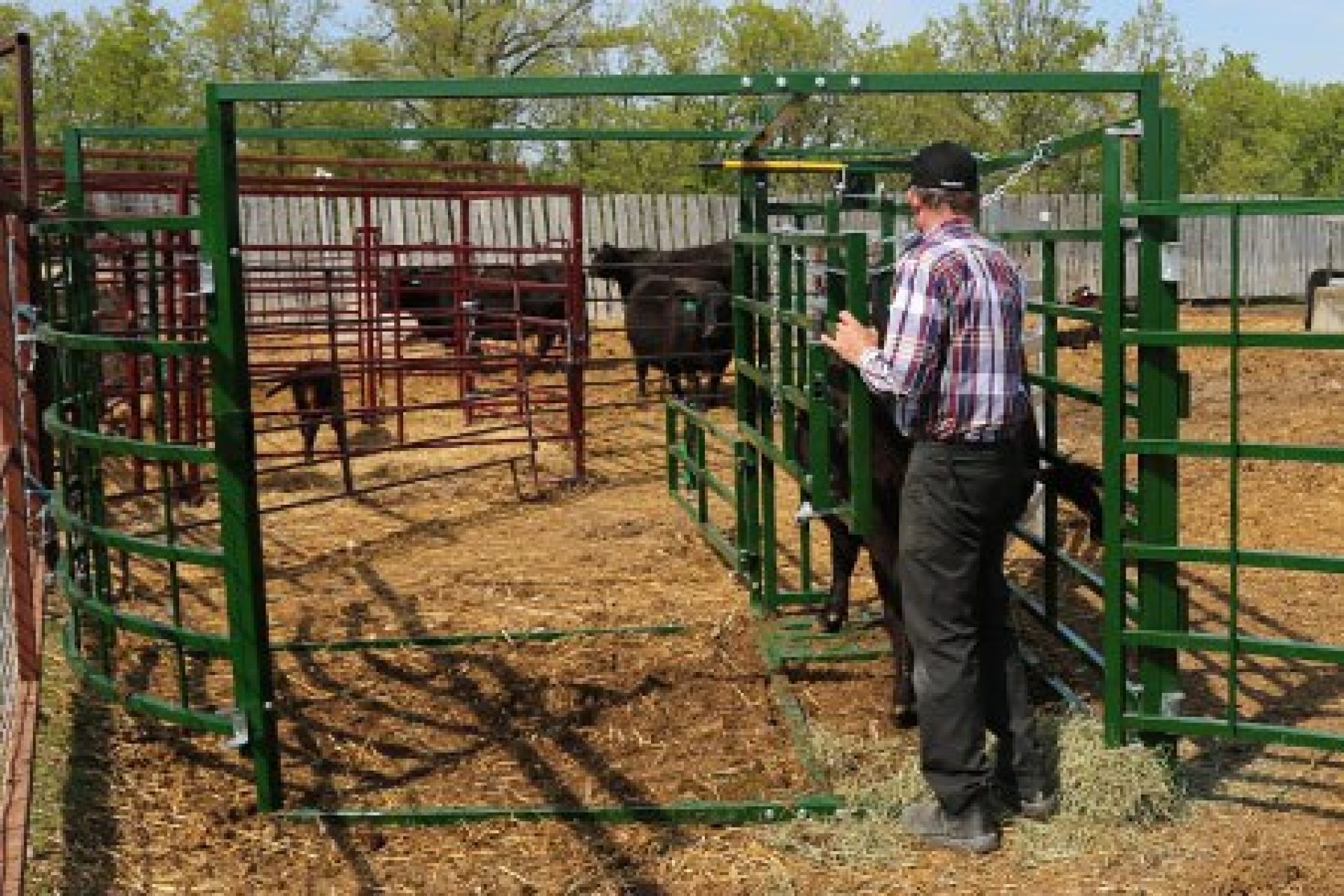
Comments
Join the Discussion
Comments